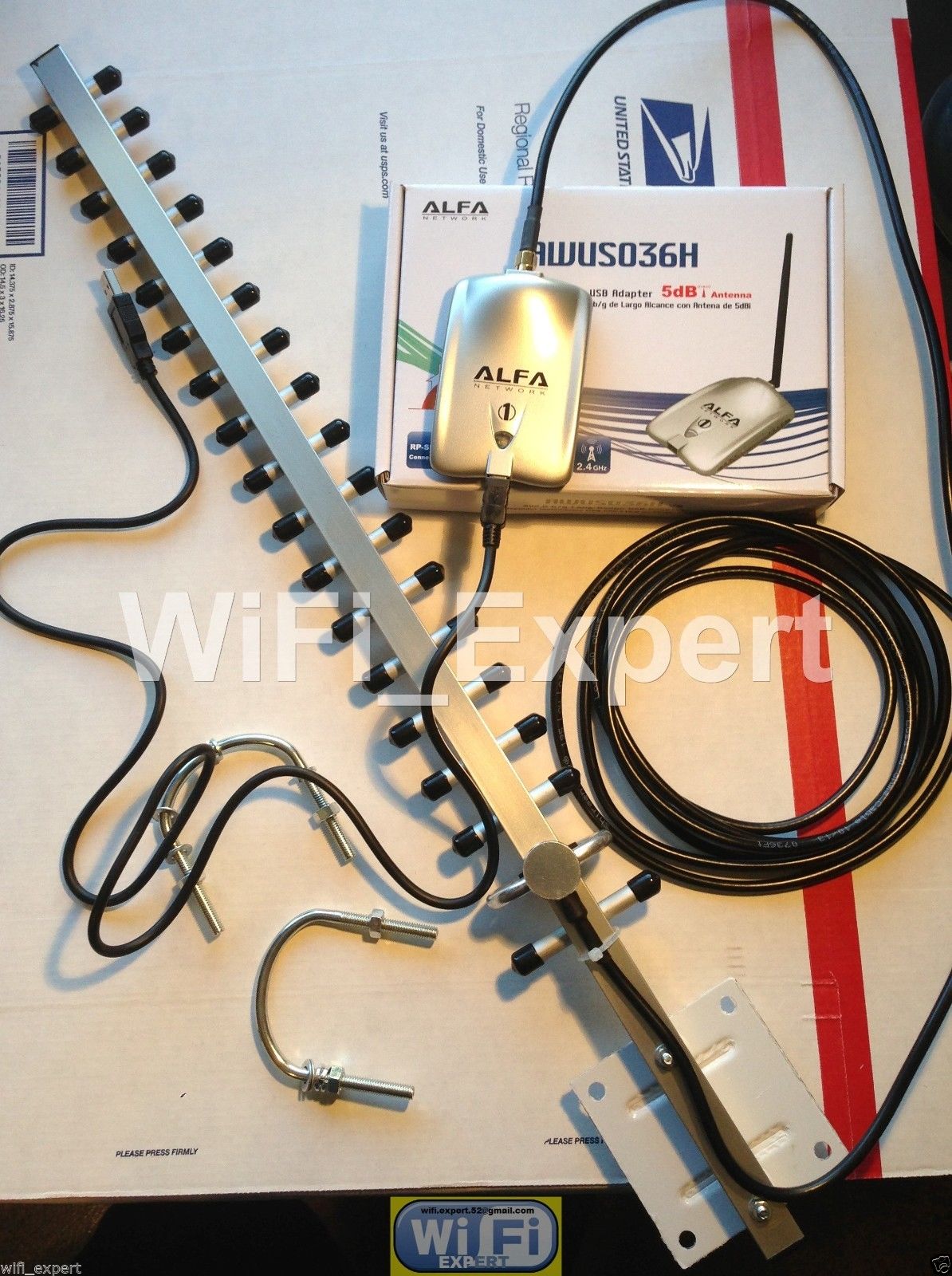Hy I bought a cheap Yagi wifi antenna need some help cause the previous owner broke it and tried to fix it red neck style… It didn’t work … I hope I would be able to add a picture here is a breaf description anyway it’s the cheapest brand you can find online the main element is formed into an oval shaped metal ring and here comes my question where should I solder the middle wire ? On one end ? On the other ? Should I pass it throu the (hollow) metal ring and weld it back to himself ? I have seen people build Yagies with similar ovaly shaped rings and they made the cable pass through half the ring and weld it there the problem is that my ring is shaped exactly like a C it doesn’t have a second gap in the middle of the left part … (Here=>C) English is not my first language hope it’s good enough to be understood ask if not 👍🏻
Look up Andrew McNeil on YouTube if you can. He has lots of content and examples. https://www.youtube.com/channel/UCHqwzhcFOsoFFh33Uy8rAgQ
Without a vector network analyzer with the bandwidth for 2.4/5.8 GHz to tune the signal frequency well, you are poking around in the dark when it comes to real performance.
I’ve built some antennas including a one for WiFi. It made a small difference for awhile, but it turned out there is an error of some kind in the OpenWRT kernel or in the hardware design of the device. It took me a long time to isolate the problem. The router was unable to transition between the 2.4 and 5.8 bands smoothly and was causing problems. I actually get better range and performance by disabling the 2.4 GHz radio entirely. My issue of the bad 2.4 radio is probably unrelated to whatever you’re dealing with, but it is something to think about and maybe test out if you’re trying to improve router performance.
If you have access, https://catbox.moe is a image hosting server an individual runs with no nonsense. The embedding syntax for Lemmy is 
I’m considering this possibility as one of the most likely now… I have an Alfa wifi adapter and I have already tried 5or 6 antennas and I never seen a performance boost … no matter how big the antenna I connect… Yeah some of them were hand made but I made sure to be precise… Here’s the link … It’s not my antenna it’s an identical one taken from the internet (the Alfa adapter is not the one I have … Mine is 2.4/5.8 and that’s exactly why you had problems I guess … )
Lemmy is 
😂😂😅 Apparently I’m not even able to load an image 😂
Btw I knew Andrews channel there’s where I got the idea fo soldering it half way through the C he does that in the video 900mhz Yagi changing the coax…
Update: can’t load the images some Lemmy errors pop’s up …
Give us a link instead. That said, read on.
In general, antennas are not like a “normal” circuit where things need to connect to each other to work.
Most antennas are made of two halves or poles, hence the name, dipole.
A Yagi antenna is a dipole with separate elements to focus and reflect the radio waves. These elements are normally not connected to each other.
In a typical Yagi only one pair, the dipole, is the driven element. The many (shorter) elements are directors, the one (or two) behind the driven element is the reflector.
A coaxial cable has two conductive elements, the core (the middle bit of metal) and the shield (the outer braid). These should normally not connect to each other.
You connect each coax conductor to its own dipole element. It generally doesn’t matter which coax conductor connects to which dipole element.
Source: I’m a licensed radio amateur.
I recently setup a Meshtastic lora node and realized antennas are complicated… I never knew there were ones that are most resonant on specific frequencies and stuff, the importance of having the impedance close to 50ohms for best performance. And fake amazon ones that give you only 8cm of antenna wire inside a 37mm shaft 🤦♂️
That said, I am shocked that something the size of my thumb can communicate 1km through buildings, and uphill to the other side of my village on such low power. This radio stuff is really fascinating.
Thanks man for the useful info what about where I connect the coax ? Does a different point in the same dipole makes a difference? I mean if it makes sense there’s a difference in connecting a coax to the top of the C or to the bottom ?
I know you should stay away from sketchy links hers one anyway…
https://www.coaxrf.com/wp-content/uploads/KGrHqZoQFIGltnkrIBSINP4LCJw-60_57.jpg
I don’t know what your specific antenna looks like.
Generally you connect close to the centre of the antenna, where the two elements are closest together, again without touching each other.
That said, there are antenna designs where this is not true.
Thanks I will give it a shot … 👍🏻



